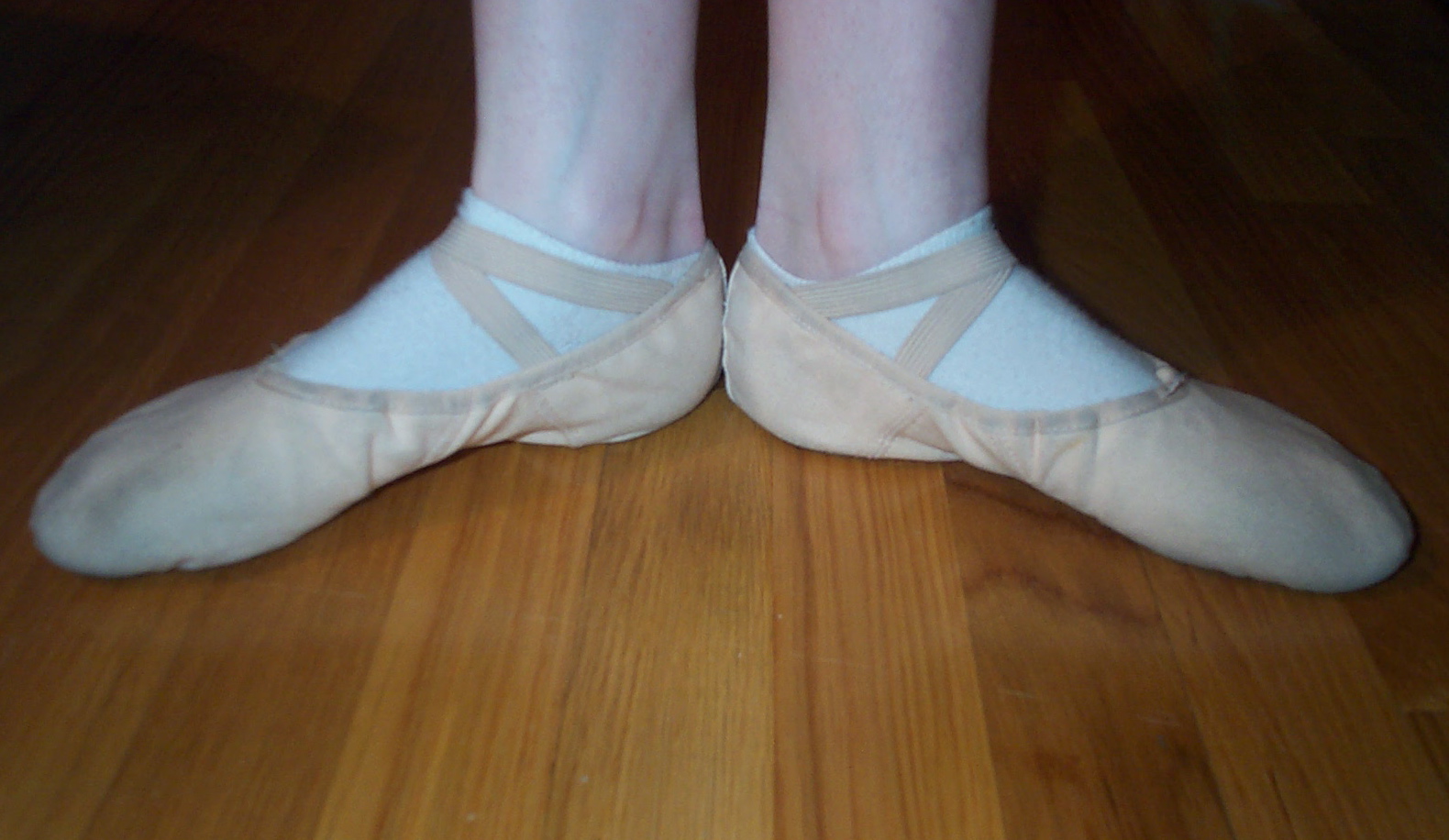 While injuries in dance can be debilitating and demoralising, learning about the most common injuries can be useful in both preventing and healing.
While injuries in dance can be debilitating and demoralising, learning about the most common injuries can be useful in both preventing and healing.
Tendonitis is one of the main offenders for dancers, where there is an inflammation or tear in the tendon that travels under your calf muscle, inside the ankle bone and along the bottom of the foot to the big toe. Pain is felt when the dancer goes from demi-pointe to full pointe, and can also mean the big toe clicks or gets ‘caught’. This form of tendonitis can derive from repetitive ‘pushing off’ with your foot during jumps or while going from plié to relevé, so it is important to have balanced strength and flexibility in the ankle.
Stress fractures can also be common in dancers, where tiny cracks occur in the bones due to repetitive overloading. These are often found in the long bones of the foot and the pain is most apparent when jumping or turning. To begin with, you may not see any swelling or bruising, but it will gradually become more painful to dance. Loading the bone beyond its limit causes a reaction which then heals, but with overuse it cannot heal quickly enough and cracks. Periods of increased activity, such as lots of rehearsals for a performance or during a summer intensive, can also cause the fractures, as well as having weaker bones due to poor nutrition. Strengthening exercises can help as modified rest before attempting to jump.
Straining the muscles in the lower back can feel like a dull ache on one or both sides of your spine, occurring when dancers try new things, such as a new step, style of dance or choreography. Weakness in the core muscles are partially to blame, in addition to the back, as the overuse is overwhelming when the muscles are not quite strong enough, leading to stretching or tearing the inflamed muscles. During recovery you may be able to take modified class, however you may need a complete rest period. Gently stretching the muscles and abdominal strengthening exercises, like planks, can help, in addition to targeting the lower abs.
It is important to look after the body, it is the only one you’ve got!
